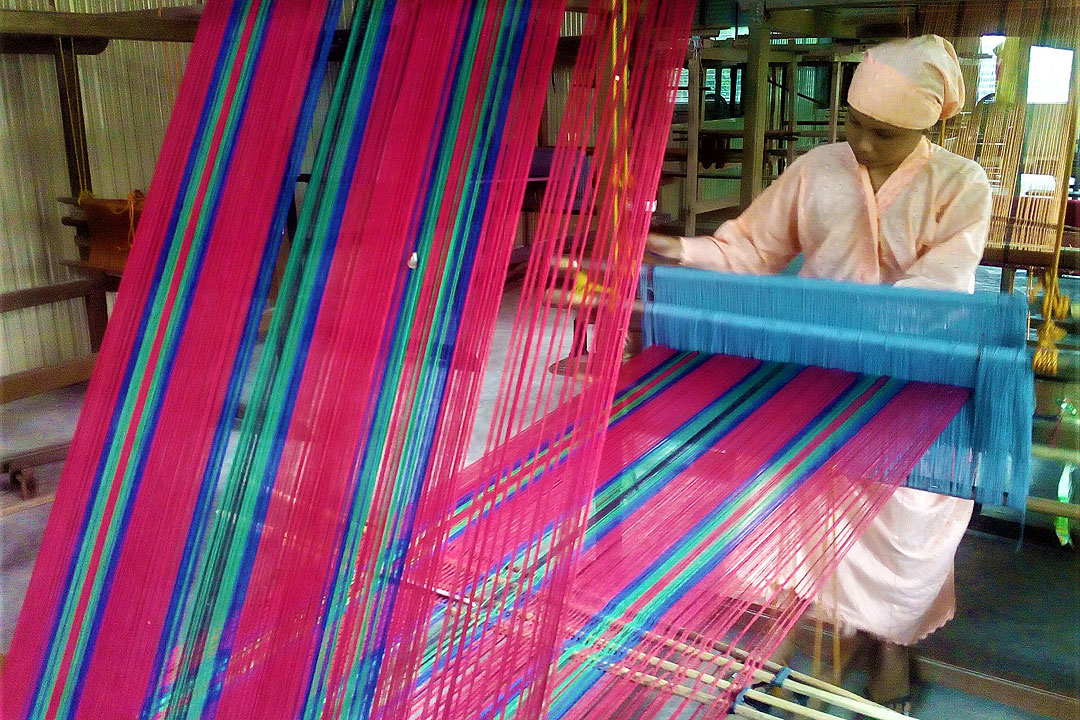Handloom weaving industry development, protection sought in House measure

A LAWMAKER has filed a bill aimed at developing the Philippines’ handloom weaving industry by addressing gaps in the supply chain and the impact of industrialization in the textile industry.
“Despite the efforts of handloom weaving communities to produce world-class textiles and preserve this time-honored tradition, the handloom weaving industry continues to face challenges with the impacts of globalization and recent developments in industrialization,” Abra Rep. Ching B. Bernos said in House Bill No. 8478.
The proposed measure seeks to establish the National Handloom Weaving Development Council, which will be tasked to draw up an industry roadmap as well as policies on innovation for handloom design and engineering, intellectual property protection, and the development of a Philippine textiles database.
The council will be chaired by the Department of Science and Technology’s Philippine Textile Research Institute (DOST-PTRI) head, with the Trade and Industry department’s Garments and Textile Industry Development Office head as co-chair.
It will also include representatives from the National Commission on Indigenous Peoples, Technical Education and Skills Development Authority, National Commission for Culture and the Arts, Intellectual Property Office of the Philippines, the Agriculture department’s Philippine Fiber Industry Development Authority, and several lawmakers.
The proposed Philippine Handloom Weaving Industry Development Act of 2023 will be allotted an initial P10-million budget.
According to the report Crafting Futures: Sustaining handloom weaving in the Philippines by the British Council, the local industry faces gaps in its supply chain, notably on material outputs, pricing, market access and capacity building.
The handloom weaving industry currently provides livelihood opportunities especially to women, and contributes to rural development and sustainable tourism, the bill states.
“The weavers’ motivations in handloom weaving largely remain economic because of its ability to supplement household income, while still allowing them to fulfill their duties as wives and mothers,” the report said.
“It is high time that we acknowledge the significance of this tradition and equip our handloom weavers with the development and protection they deserve,” Ms. Bernos said.
To date, there are over 450 weaving groups with about 5,000 weavers nationwide.
A similar measure is pending at the Senate committee level. — Beatriz Marie D. Cruz



